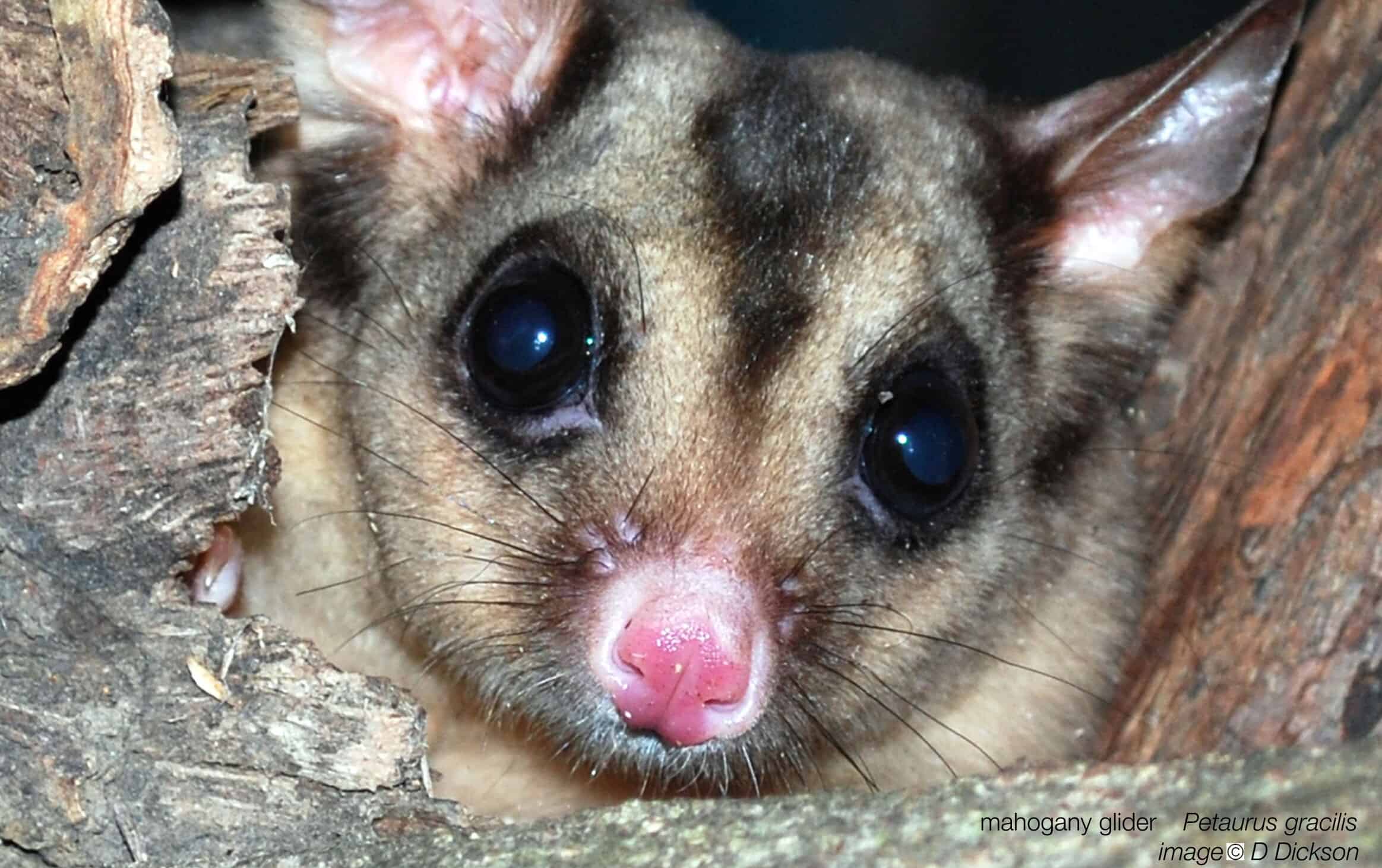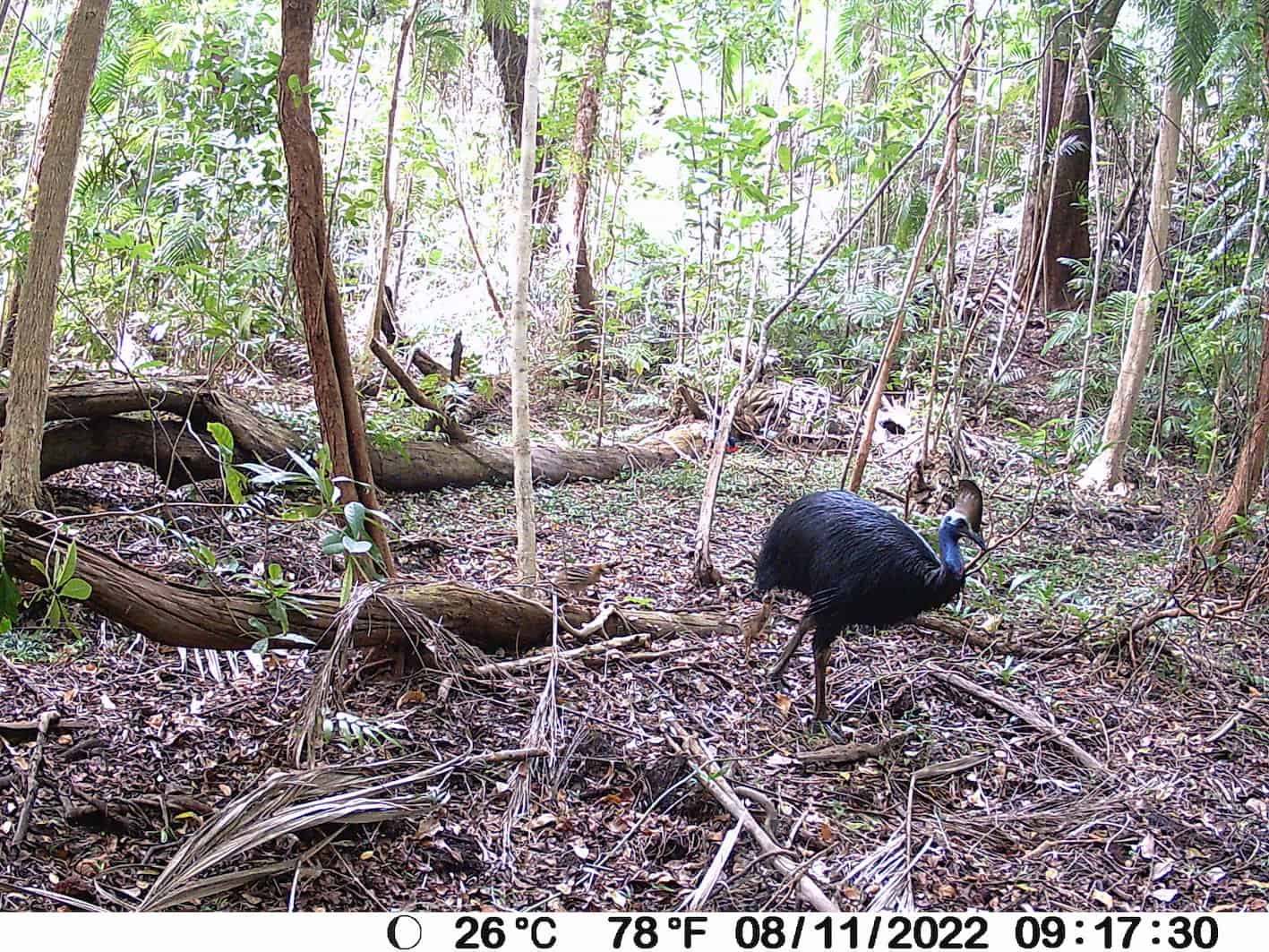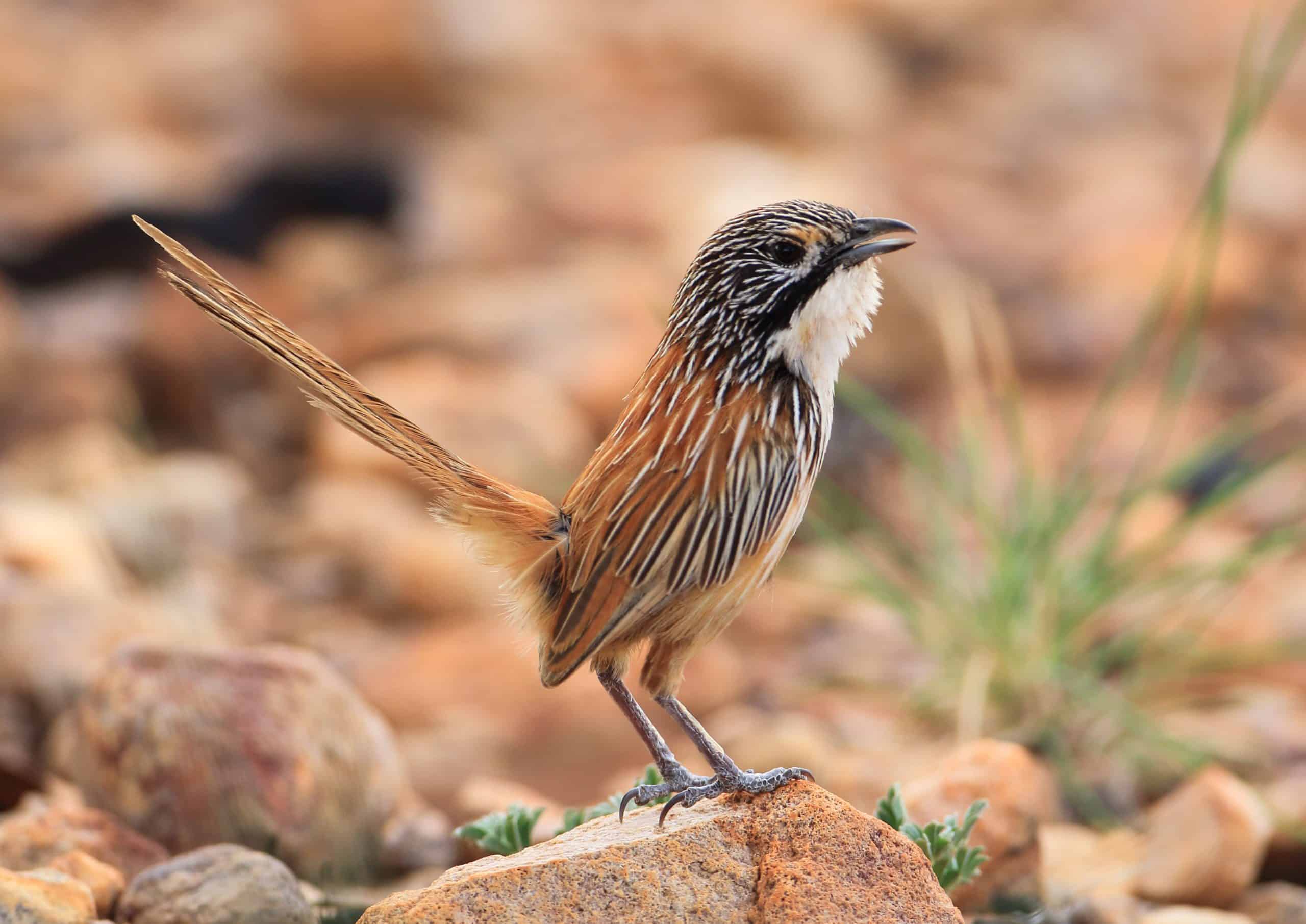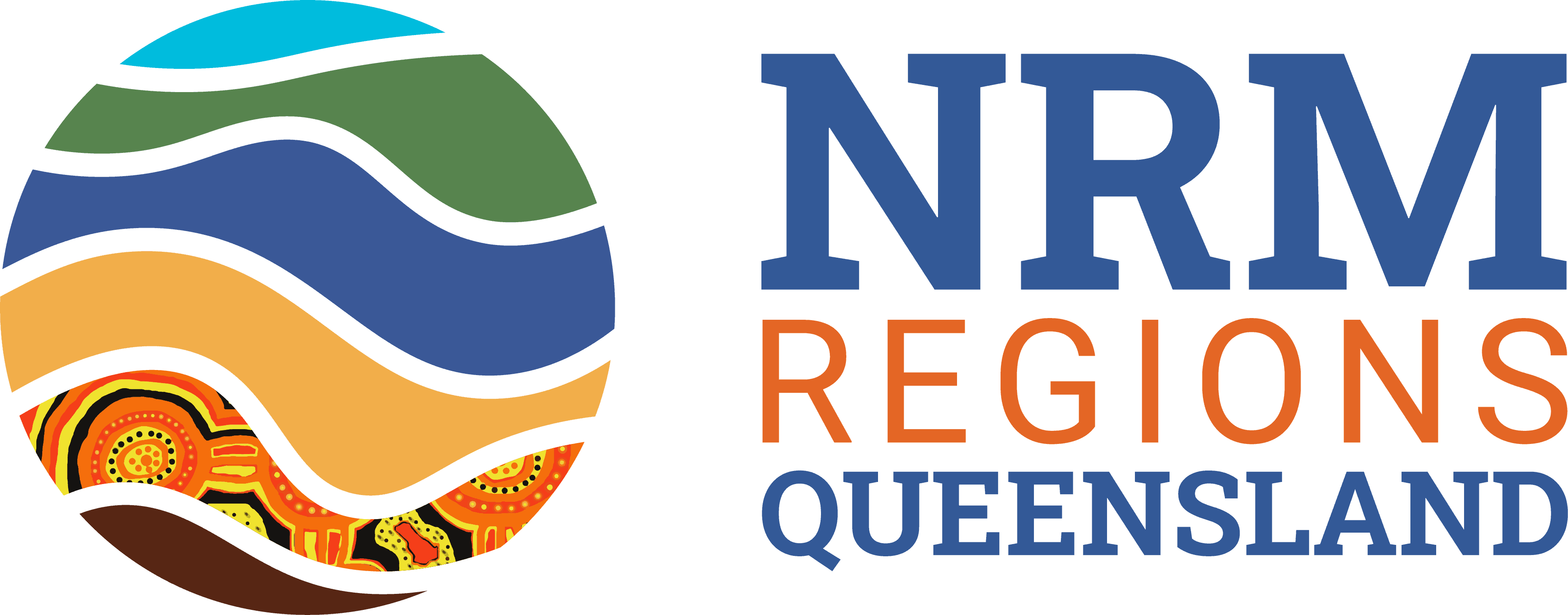Queensland is a state of extraordinary natural diversity. From the rangelands to the Reef, we boast an incredible array of unique plants and animals.
Unfortunately, many of these species are facing significant threats, and are now considered threatened and despite community efforts, continue to face significant challenges, including habitat loss, climate change, and invasive species.
Queensland’s regional NRM organisations have each developed a regional NRM strategy in partnership with their local community that identifies ecosystems and native plants and animals that need to be protected. Many of these are threatened.
With the support of community partners and funding from a range of sources, these 12 community-based organisations are working on a range of research, monitoring, restoration and recovery projects that will help stem the tide of extinctions across the country.

Mahogany gilder. Photo courtesy Daryl Dickson.
Community Recovery Teams in the Wet Tropics
In Queensland’s Wet Tropics, community recovery teams are critical to understanding the threats to threatened species and identifying and implementing actions to halt their decline. There are eight formal groups across the region working to protect some of its highest priority species.
Terrain NRM, the regional natural resource management organisation for the Wet Tropics, is currently focused on understanding and protecting nine priority threatened species – coastal littoral vine forest, mabi rainforest, broad leaf tea tree, ant plants, cassowaries, mahogany gliders (pictured above), northern bettongs, yellow-bellied gliders and northern quolls.
Read more about how Terrain NRM is supporing the region’s recovery teams here.

A capture from the trail camera – cassowary and his chicks
Cassowaries on Cape York
In the far north of Cape York, cassowaries have been discovered living in a remote section of the Cape York Northern Area Peninsula.
The survey, which identified at least ten cassowaries was facilitated by regional NRM organisation Cape York NRM and led by Gudang Yadhaykenu Traditional Owners with assistance from cassowary expert Wren McLean.
Conducted between June and August 2022, the survey involved a five-day field trip during which camera traps were installed at strategic sites across 28km using lures resembling fruit. On day one of this trip, a cassowary walked into base camp, confirming proof of life in the area.
Over the next two months, the cameras captured 30 images of at least 10 cassowaries, identified as four adults, four brown sub-adults and two stripey chicks.
The results rule out the common perception that cassowaries in the region are extinct. This northern section of Apudthama (Jardine River) National Park is not included in many formal cassowary distribution maps.
“The recent findings of these cassowaries is good news for myself and my people,” Myiesha Yoelu, of the Ipima Ikaya Aboriginal Corporation said.
“I’ve never been so excited when seeing the report. Wadthuuny (cassowary) play a key role in our rainforests ecosystem and it’s nice to see that our Country is now the home of 10 or more cassowaries.”
Read more about the significant find on Cape York NRM’s website.

Carpentaria grasswren, photo Steve Murphy
Carpentarian Grasswrens benefit from fire management
Meanwhile Southern Gulf NRM, with its headquarters in Mt Isa is working alongside BirdLife North Queensland to protect the endangered Carpentarian Grasswren.
The Carpentaria Grasswren (Amytornis dorotheae) is a medium-sized grasswren, endemic to the southern Gulf of Carpentaria. It is a small but striking brown and white bird with a moderately long tail that it flicks erect in a cheeky display.
Historically the species was known from four separate locations across Northern Territory and Cloncurry in Queensland – an area covering more than 2.8 million hectares: Borroloola, where targeted surveys have yielded no records for a decade; Wollogorang in the Northern Territory, where only one tiny isolated population remains; Boodjamulla where surveys have recorded species in very low numbers; and Mt Isa which is home to the largest remaining population.
Researchers believe populations in Boodjamulla and Mt Isa have been significantly impacted by the availability of habitat following wildfires that have occurred since 2003.
Fire has a significant impact on the Carpentaria Grasswren, which is why Southern Gulf NRM is delivering a project, funded by the Australian Government’s National Landcare Program, to reduce the impact of fire on this endangered and iconic bird – the focal species of the organisation’s biodiversity conservation program.
The project aims to stabilise the trajectory of the species as well as increase awareness and adoption of land management practices that improve the condition of vegetation and biodiversity impacting the bird.
Working in collaboration with researchers, Birdlife Australia, Mount Isa Rural Fire Service, fire ecology consultants, pastoralists, government agencies, philanthropists, and local corporations, Southern Gulf NRM has run annual fire training workshops so that pastoralists and land managers better manage fire for the bird’s habitat; implemented a burn program; monitored fire scars; coordinated citizen science surveys; supported PhD research; and secured additional funding to expand the project.
To date, some 48,988ha of prescribed burning has taken place and more than 8,800 volunteer hours have been contributed to surveying the bird.
Read more about the Carpentaria Grasswren project on the NRM Regions Queensland website.
_ _ _
From koalas in the Fitzroy to lungfish in Southeast Queensland and right across the state, Queensland’s 12 regional NRM organisations are delivering on-ground projects that enhance habitat, restore ecosystems and protect our most threatened species.
